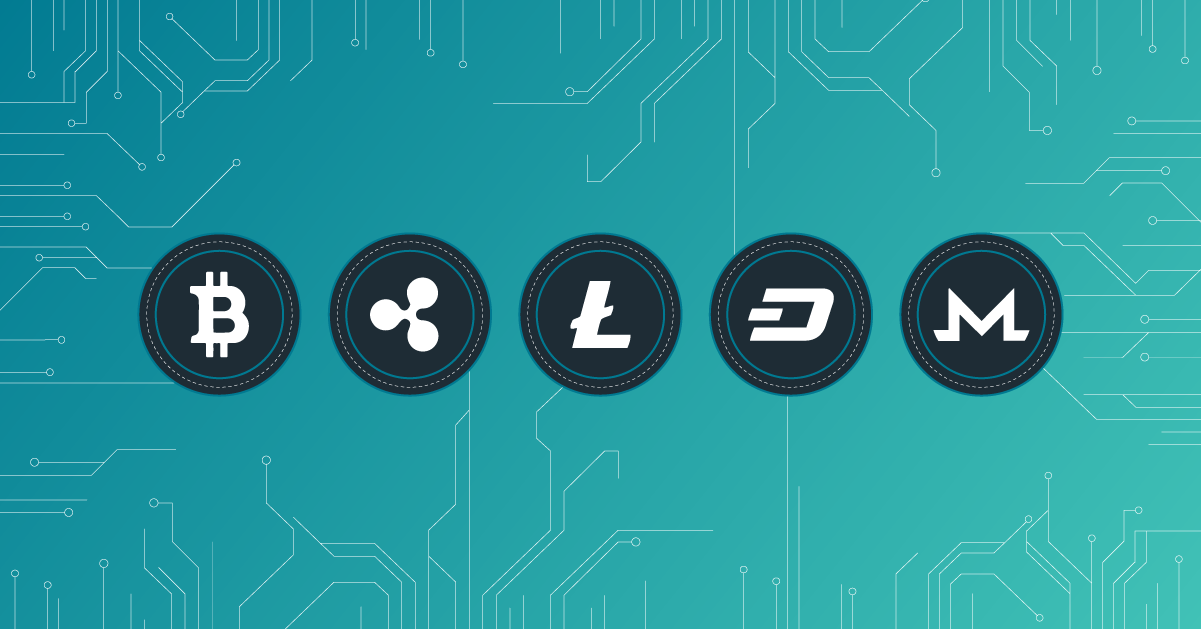If you read my last post about Blockchain, you should now have a pretty good idea of what crypto actually is and how it works. You may be asking yourself, "Should I mine?" and that's what this post aims to address.

Do you have one or more kickass graphics cards going mostly idle and live in an area where electricity is pretty cheap? These are the two main considerations when deciding if mining is right for you. I'll unpack some of that below. If you pay attention to news in the computer space, then you are completely aware that the cost of GPUs has skyrocketed owing largely to a massive spike in demand from crypto miners, which makes this a bad time to start GPU mining, but don't despair if you have your heart set on mining, there are other options too.
ASICs are Application-Specific Integrated Circuits. For the uninitiated, this means it's a small computer designed to complete a specific task very efficiently; In our case, mining. There are ASICs for a bunch of different currencies, but the barrier to entry is often high (starting at several thousand USD for a decent one). They are also very noisy and can suck up a lot of power, so you'll need need a place where you can keep this loud network connected machine that has a good power source. If you live in an apartment, like me, this is pretty much a non-starter, but if you own a house with a garage, it might be your best solution.
The above 2 options are for a type of mining referred to as Proof-of-Work (PoW). Without getting too technical, PoW sends you a series of mathematical equations to solve and as you (or your pool) solves them, you are rewarded with tokens. Since these computations are so complex, GPUs are much better suited for the computations than a CPU. Bitcoin (BTC) and Ethereum (ETH) both use PoW.
You may also hear about Proof-of-Stake (PoS), as Ethereum and Bitcoin are both considering a move in this direction. In short, this method will still be GPU intensive, but uses a different distribution method to parcel out work and reward miners, allowing for better increases in value. You can read more about the differences here. Ultimately, I wouldn't expect mining to get much more profitable, but computations should be a bit easier, allowing for a lower entry level.
If you don't have a fancy GPU and don't want to pay through the nose for one (seriously... don't do it), your next option is Proof-of-Capacity (PoC). The BURST Consortium is the main source of PoC work. Rather than solving complex mathematical equations on the fly, PoC uses your hardware (CPU or GPU) to generate a bunch of nonces into what it refers to as plots. These plots take up a lot of space and the nonces they are filled with take a while to write, but once a drive is plotted, it never needs to be plotted again. The process of mining defines a certain block value and then polls miners for what it calls a deadline. The miner with the lowest deadline (closest to 1 second) wins the block reward. The entire mining process uses CPU and HDD space and so uses very little energy and is not particularly hardware intensive, giving it a low barrier to entry.
At this time BURST is worth about .02 USD and I mine about 10/day using 7TB of space. This means I earn roughly $1.40 per week. I'll keep scaling up as long as it's profitable, but it takes about 24hrs to plot 1TB on my hardware, so scaling takes time.
When all is said and done, if you just want to hold some crypto or get your hands on some for trading, you are far better off buying it from a site like Coinbase or one of the other sites that trade fiat for crypto.
My next post in this series will discuss some tips on GPU mining and then we'll jump into other ways to get into the market. As always, these are just my opinions based on my own experience in crypto. I strongly suggest you do your own homework before committing to mining, buying, or trading ANY cryptocurrency.
I've been using my GPU miner as a means to get into some newer coins not on exchanges yet and improving my position with other coins. Good example is mining ZCLassic and selling for ETN. Was debating on BURST but I think I will pass for now. I do agree though, currently it's better to just be buying on exchanges and selling at a profit. Usually enough percentage change to make profits just by setting buy and sell orders.
Downvoting a post can decrease pending rewards and make it less visible. Common reasons:
Submit
That's a great point. I mine ETH primarily (because it's most profitable for my hardware) and trade it to get in on all kinds of things, but I was fortunate enough to get 2 RX570s before the price went up. BURST mining is more of a "well, this PC is working anyway" type of currency, but I also really like what they are doing with it. Having the ability to reinvest through the marketplace, etc adds an interesting option.
Downvoting a post can decrease pending rewards and make it less visible. Common reasons:
Submit